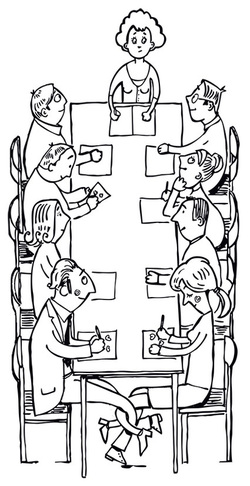
The aim of this method is to accomplish meetings between e.g. youth and local politicians and officials.
The form allows discussions, removes obstacles and stimulates a continued good cooperation. Today, many municipalities work in various ways to reach the young or start collaborations aimed at increasing young people’s involvement and influence. This method could also be used to accomplish meetings between different citizen groups, politicians and officials.
The main features of the matchmaking method are:
The form allows discussions, removes obstacles and stimulates a continued good cooperation. Today, many municipalities work in various ways to reach the young or start collaborations aimed at increasing young people’s involvement and influence. This method could also be used to accomplish meetings between different citizen groups, politicians and officials.
The main features of the matchmaking method are:
- involvement in the arrangement of the conference from the planning stage and in the follow-up and the continued work,
- a form that aims at interaction and discussion in various ways,
- as actively and tangibly as possible encouraging idea development and participation by everyone
- apparent commitment to support/stimulus for projects and continued development after the conference from the parties involved in the meeting.
 RSS Feed
RSS Feed
